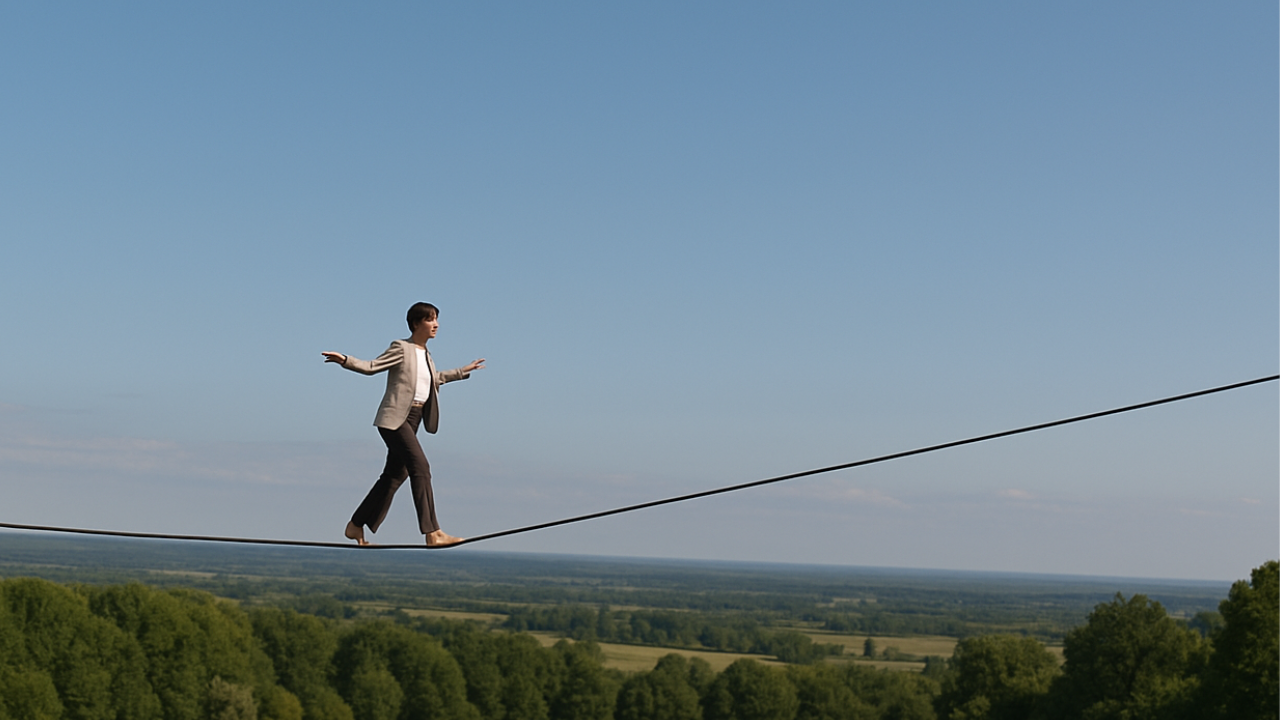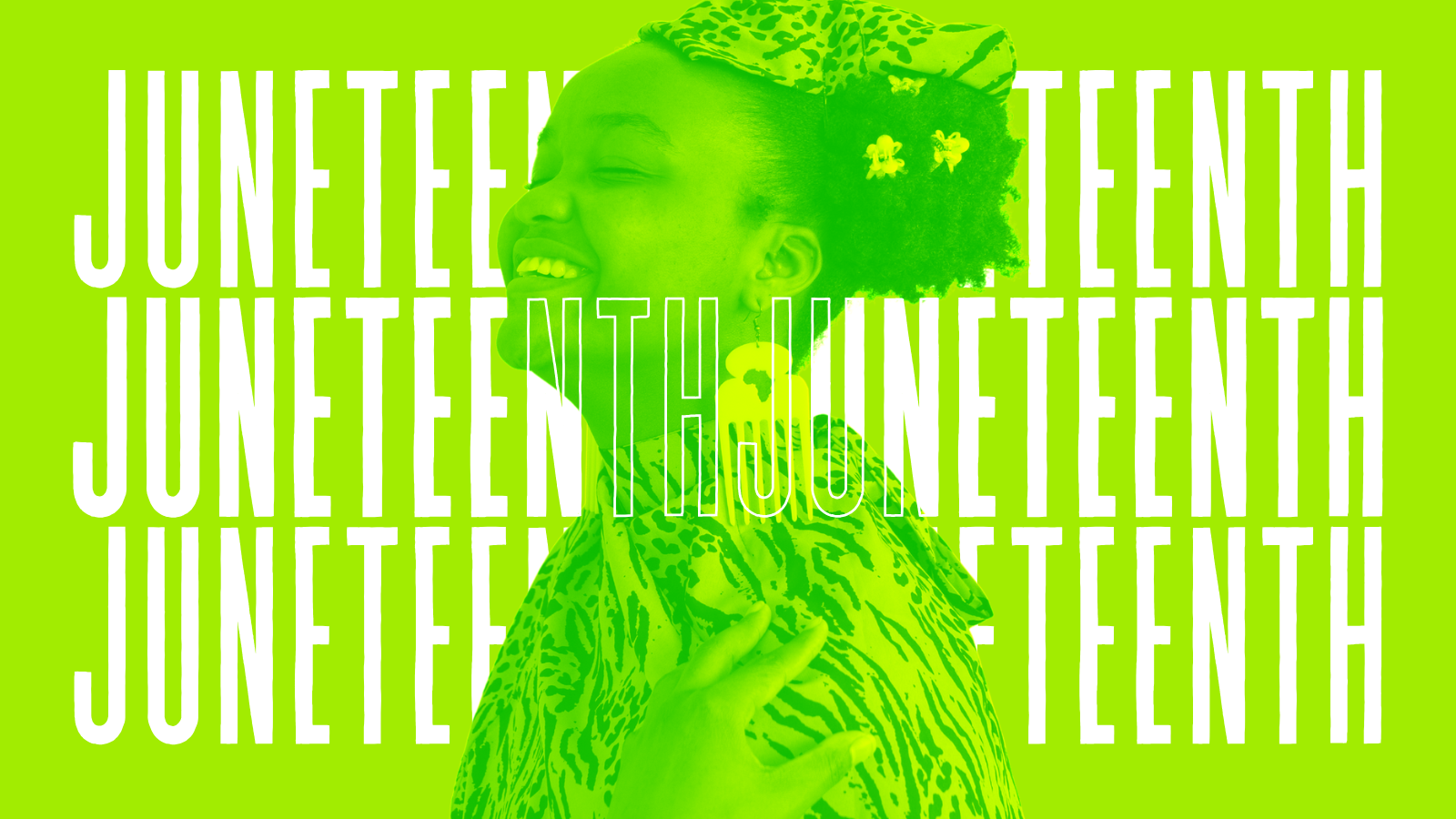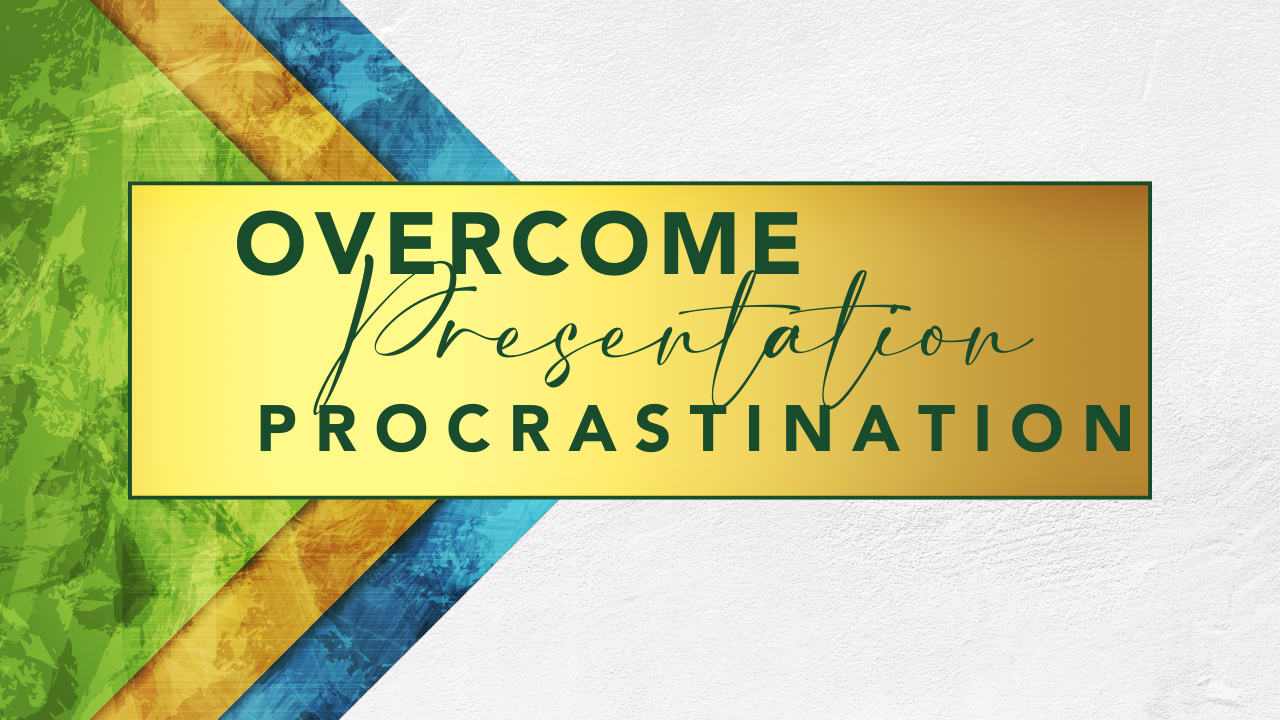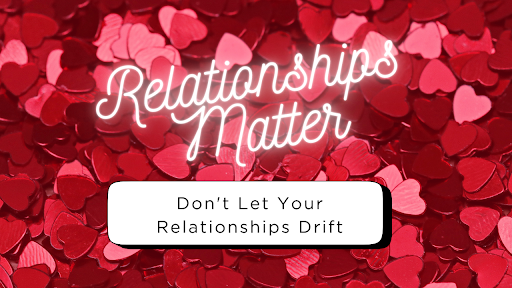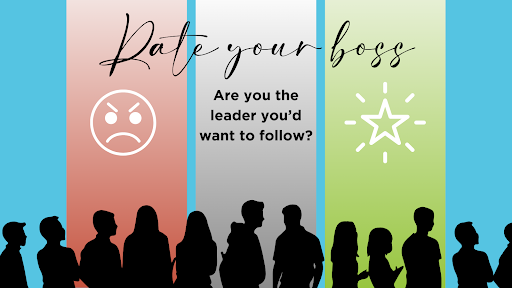In my work as an executive presentation coach and trainer over the past 15 years, I have witnessed many magical moments. Like the times when clients take bold risks to deliver their presentation in more creative ways. Or the bravery that they exhibit in stepping away from the podium and away from the perceived safety of the PowerPoint slides to reveal who they really are.
One such moment occurred last November when I was facilitating a two-day executive presentation skills program called The Motivated Presenter for a large regional bank. Out of respect for their privacy, the names in this blog shall remain confidential. One of the participants, let’s call her Susan, admitted that she was very reluctant to take this course, but that her manager had insisted for the sake of her professional development. Susan had been signed up for the course two other times but had cancelled at the last minute. I remember this because I had printed out Susan’s course certificate on a number of occasions, only to throw it away when she no-showed. I suspected something might be going on other than a busy schedule.
When Susan finally did make it to the training, I could see, hear and feel her anxiety. But I could also see her talent and potential. She had quite a number of strengths when it came to public speaking, just not the confidence or awareness of her gifts. With the support of her peers and myself, Susan gradually came out of her shell and began to take some risks. She even started to smile and have a little fun in the program.
Then I showed a video to the class that demonstrated what can happen when we have the courage to step away from the podium and stop hiding behind our PowerPoint slides. The video was from a live studio rehearsal for the song “This is Me” from the movie
The Greatest Showman. The song, performed by Keala Settle, is one of my personal favorites and I love to belt it out and sing along while it’s playing on Pandora. Of course, I do this in the privacy of my own home or car, because let’s face it, my singing voice isn’t well trained.
As I played this video in the room full of senior leaders, I noticed Susan starting to tear up. Heck, I was tearing up. Warning: when you watch this video you might even tear up, or at least get goosebumps.
I want you to notice the precious moment when Keala Settle makes the bold decision to lower the music stand (equivalent to the podium) and to step out in front and give it her all. Notice what happens to the sound of her voice, how her whole body becomes engaged in the music, and how the performance level rises to greater heights. I also want you to pay attention to how Keala’s courage impacts her colleagues in the room. Notice how their performance levels increase as well. Notice how Keala’s co-star, Hugh Jackman reaches out to hold her hand in support, and with his audible exhalation expresses his immense pride in her. It’s palpable. Goosebumps!
The Power of Authenticity
I share this client experience and this video with you to remind all of us of the power of being our authentic selves. When we have the courage to share who we truly are, some amazing things can happen. For my client Susan, it provided a transformative jolt to her self-confidence and self-esteem. For Keala Settle, it was a breakthrough in her career as a performing artist. For movie-goers everywhere it was an absolute joy to see Keala perform so powerfully in the movie
The Greatest Showman, and to play the song on iTunes. And for your audience, those who sit through your meetings and presentations, they want to see, hear and experience the real you. It’s not about presenting you, it’s about being you.
Seven Tips to Give You the Courage to Step Away from the Podium
The next time you give a presentation at work or in the community, apply these changes:
1. Go PowerPoint-free.
This will eliminate any temptation to hide behind your slides. Need help weaning yourself from PowerPoint? Read my book
Stop Global Boring.
2. Tell a personal story. Share more of who you are with your audience by telling them a personal story during your presentation. Find a way to make a relevant point from your story and connect it to the audience, the topic and context of the meeting.
3.
Practice and rehearse.
Get out of your head and into your body as part of your presentation preparation. You must vocalize the message and find natural ways to move and gesture as you speak in front of people.
4. Mic up. Coordinate in advance with the audio-visual professionals at your company and/or conference venue. Find out and test what kind of voice amplification you will be using. Choose an outfit that will allow you to clip on a Lavalier microphone, if that’s what you’ll be using. (Or invest in a skinny belt if you plan on wearing a dress with no pockets.)
5.
Get a coach.
Because presentation skills are part of the journey towards communication mastery, we can all benefit by working with a coach from time to time. Speech coach, presentation coach, pitch coach, storytelling coach – they go by different titles – but find a professional who can guide you in the development and delivery of your ideas. You might also benefit from joining a group like
Toastmasters, where you will have regular opportunities to practice different kinds of presentations and get peer feedback on them.
6.
Become a student of presentation. Become curious and studious about the art of public speaking. Learn by watching others. View TED talks online and notice the communication techniques the speakers use, and notice their unique speaking styles. And whenever you find yourself bored senseless in a meeting or presentation, you can use this as an opportunity to learn from others. Download the
In-the-Moment Feedback
worksheet that you can use to stay engaged and in learning mode.
7. Pay Attention / Deeper Listening.
This final tip comes from my speech coach, Arthur Samuel Joseph, founder of the Vocal Awareness Institute, and author of the book,
Vocal Leadership. Arthur has advised me on many occasions to listen in to what’s going on inside my body when I speak in public. I am now more aware of the precise moment of when I’m “trying too hard,” or when I’m “holding back out of fear.” Arthur has given me the permission and the courage to “Be My Self” even when other people are looking.
What to do “when the sharpest words wanna cut me down”
There are so many things that hold us back, keep us small, and force us to pretend to be who we are not. We face many external forces such as expectations, societal obsession with skinny or ripped-with-muscles body types, unconscious bias, peer pressure, stereotyping and bigotry, exclusion, etc. These external forces can be overwhelming and cause us to feel helpless. The same negative impact can come from internal forces like fear, self-doubt, need to be liked, self-loathing, the comparison trap,
the perfection trap, stinking thinking, etc.
The good news is that we do have control over these internal forces. For example,
- We can decide today to love and respect ourselves, even with all of our imperfections.
- We can choose to overcome our fear. I just ordered the popular book by Susan Jeffers, Ph.D.,
Feel the Fear and Do it Anyway: How to be more confident
- We can stop comparing ourselves to everyone else. Just stop. Don’t do it.
- We can think and act more inclusively, accepting and appreciating others who are different than us.
- We can make the bold decision, like Keala Settle, to step out and leave the safety of the music stand (or podium) and give it our all.
- We can encourage, coach, support and celebrate others who are willing to do the same.



